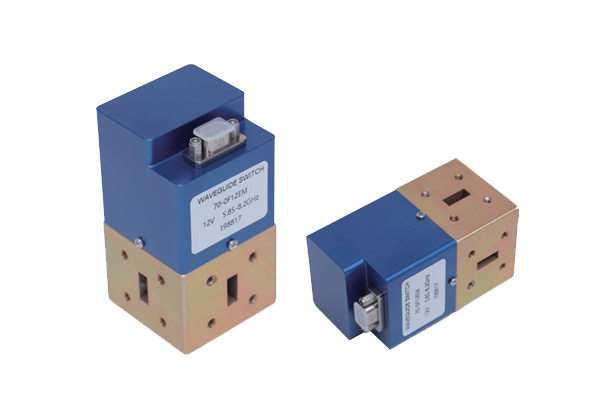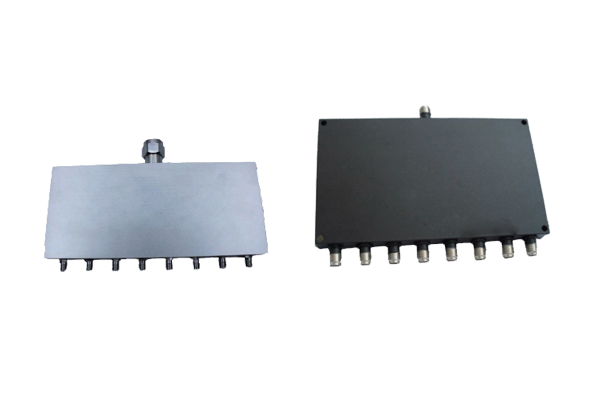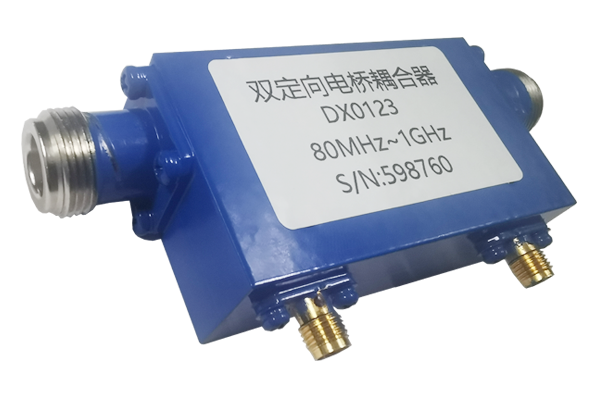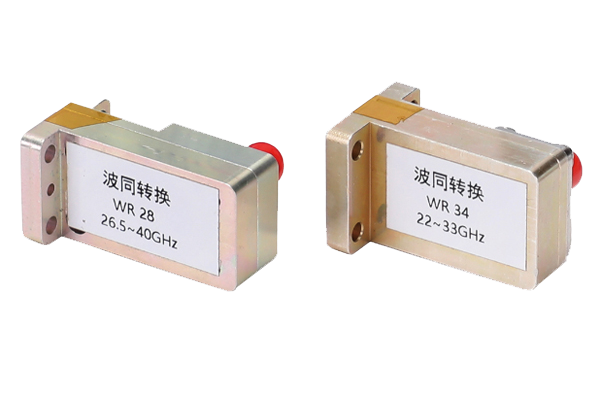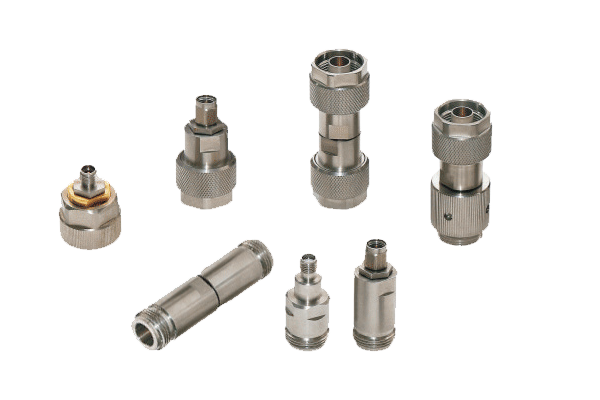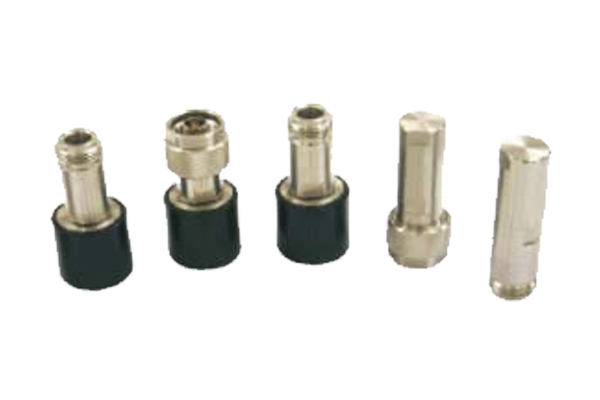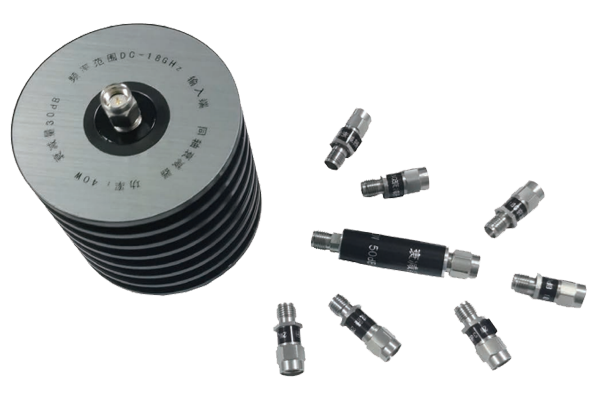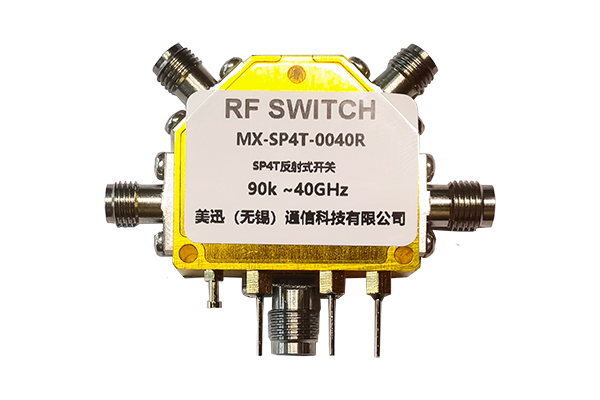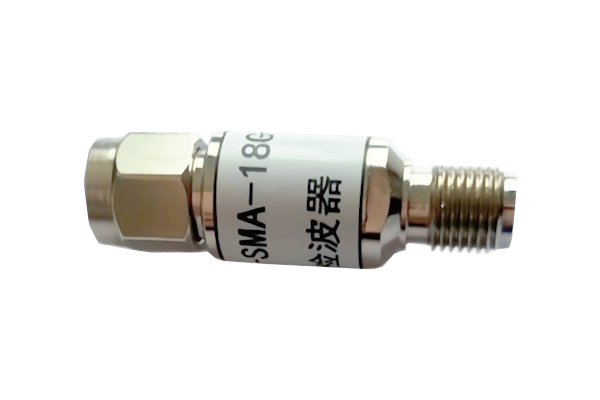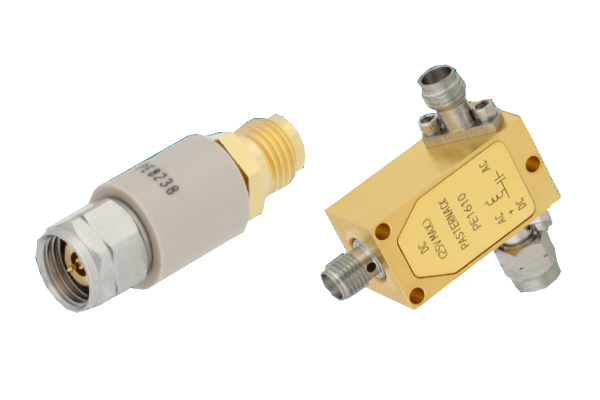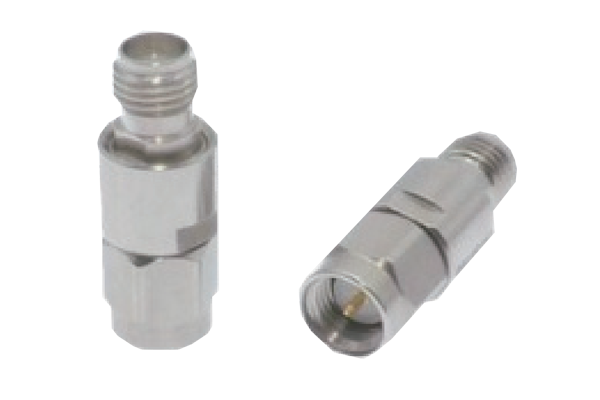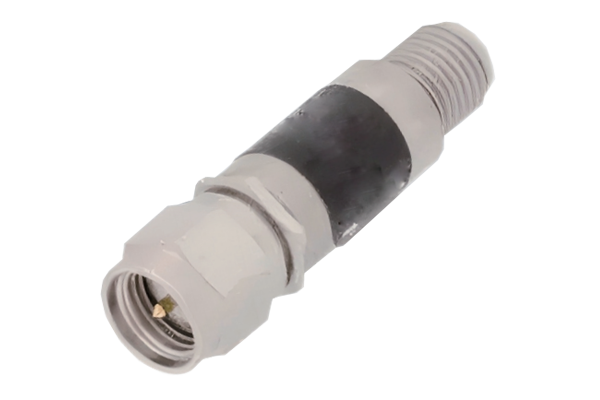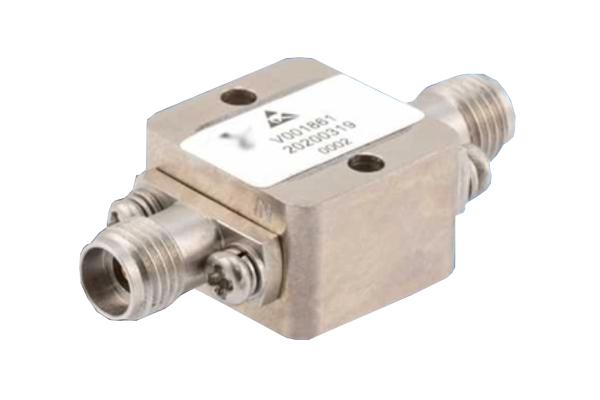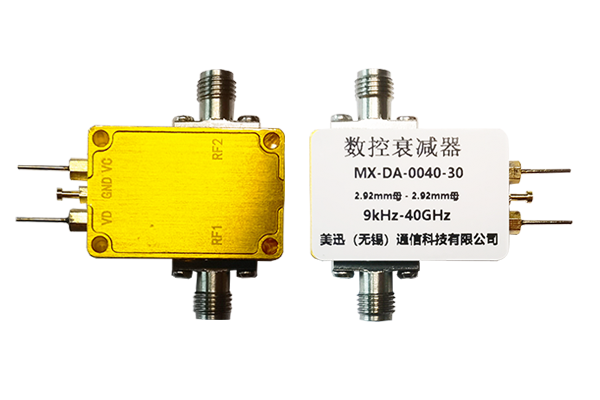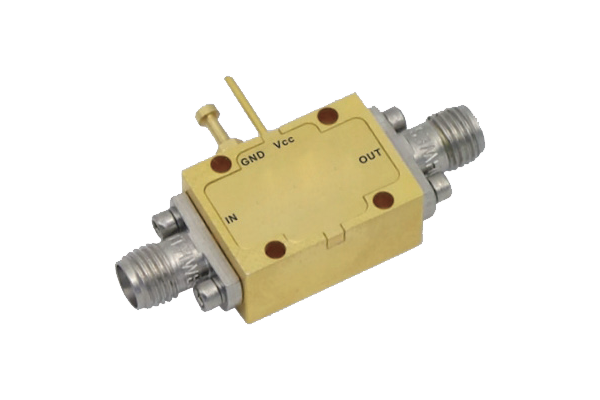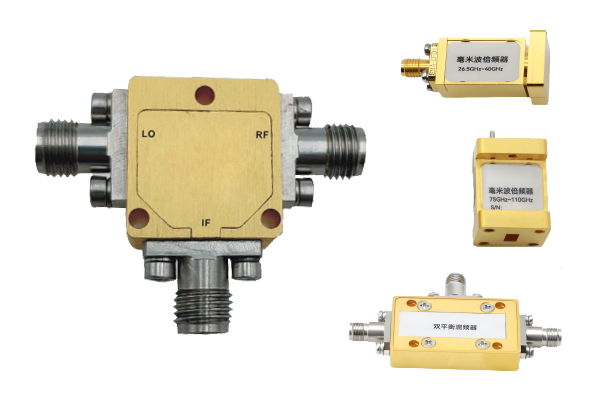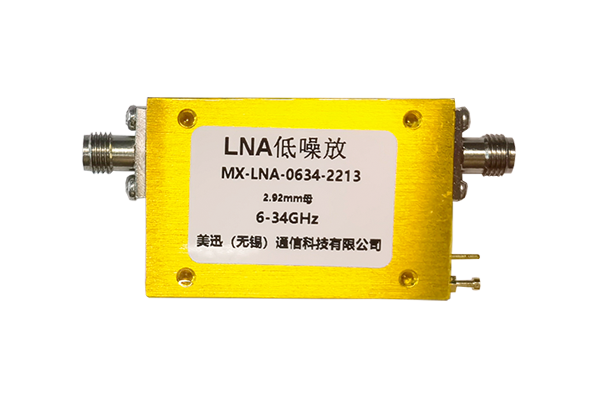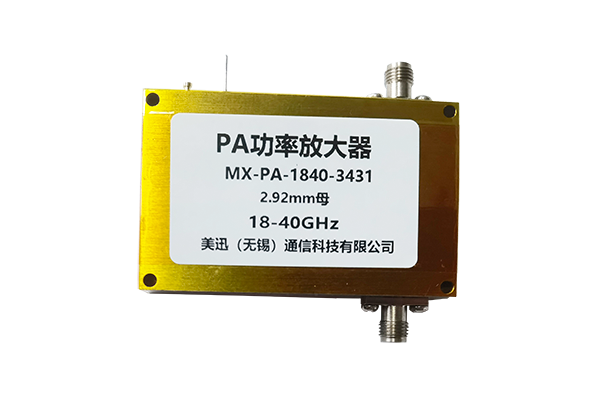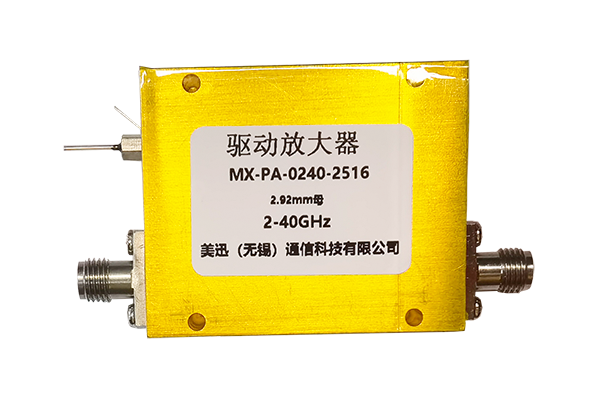What is the development trend of waveguide switches
Development Trends of Waveguide Switches
Shaped by the demands of modern high-frequency, high-performance communication and electronic systems
Higher Frequency Operation
As communication technologies such as 5G and beyond, satellite communication, and high-speed data links continue to evolve, the need for waveguide switches to operate at higher frequencies is growing.
- Manufacturers are pushing boundaries to develop switches for millimeter-wave (mm-wave) and sub-millimeter-wave ranges
- Recent breakthroughs enable waveguide switches up to 110GHz or higher
- Crucial for high-capacity wireless backhaul applications
For instance, higher frequencies allow for greater bandwidth and data transfer rates.
Improved Performance Metrics
Ongoing efforts to enhance insertion loss, isolation, and switching speed characteristics.
- Reduced insertion loss maintains signal integrity
- Higher isolation prevents unwanted signal leakage
- Faster switching speeds for agile radar systems
Advanced electromagnetic simulation tools optimize internal structures for better electrical characteristics.
Miniaturization and Integration
Waveguide switches are becoming more compact to meet demands for smaller electronic devices.
- Saves space and reduces system weight
- Beneficial for mobile devices, satellites, and portable equipment
- Integration with amplifiers, filters, and detectors
Some companies are developing integrated circuits combining waveguide switching with semiconductor-based components.
Enhanced Reliability and Durability
Manufacturers are improving switches to withstand harsh operating environments.
- Robust materials and improved manufacturing processes
- Hermetic sealing against moisture and dust
- Advanced coatings for corrosion resistance
Particularly important for industrial control systems with frequent switching operations.
Cost-effectiveness
Strong emphasis on reducing costs while maintaining performance.
- Economies of scale in production
- Cost-effective materials
- Simplified manufacturing processes
Automated manufacturing techniques increase efficiency and lower labor costs.
Smart and Adaptive Switching
Integration with AI and digital control technologies for intelligent operation.
- Real-time parameter adjustment
- Automatic optimization of switching behavior
- Adaptation to electromagnetic interference
Smart waveguide switches can minimize signal distortion automatically.




